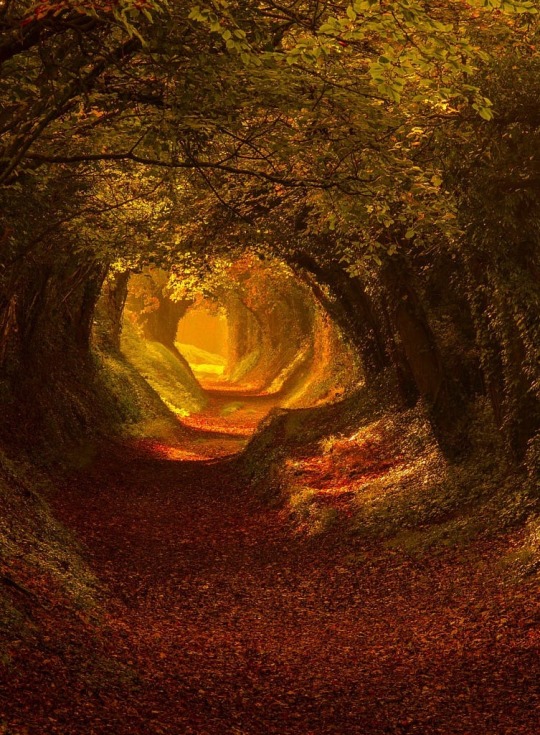#Roman road
Text
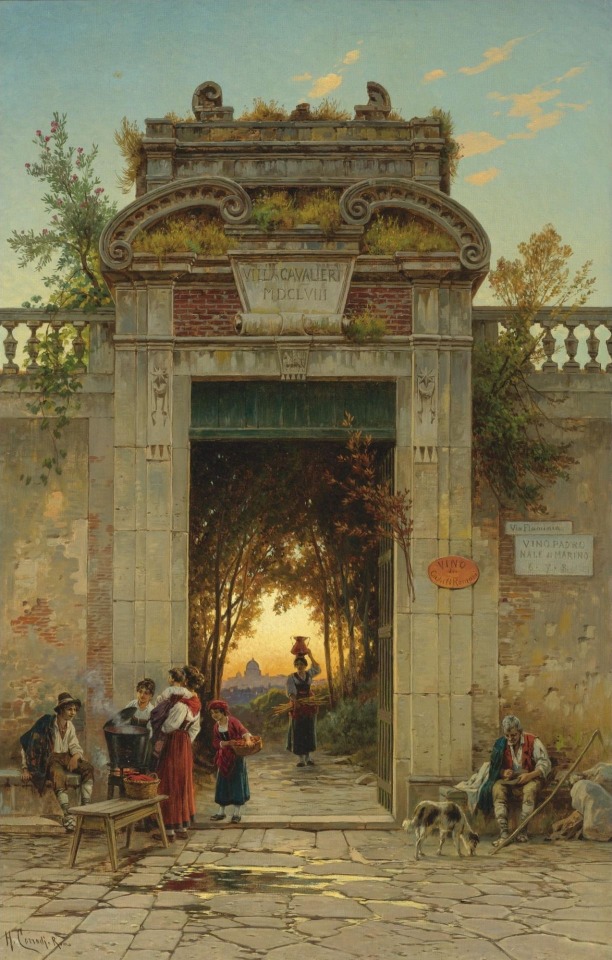
On the Via Flaminia near the Villa Cavalieri by Hermann David Solomon Corrodi
#hermann david solomon corrodi#art#via flaminia#villa cavalieri#landscape#architecture#italy#italian#europe#european#gate#gates#flaminian way#road#roman#antiquity#ancient rome#rome#roman road#history
213 notes
·
View notes
Photo

Hiking up an old roman road - Tour de Monte Rosa, July 2021
photo by: nature-hiking
#path#forest#mountains#landscape#roman road#trail#trails of the tmr#TMR#Tour de Monte Rosa#alps#long distance trail#wilderness#hiking#trekking#nature#photography#original photography#photographers on tumblr#TMR 2021
2K notes
·
View notes
Text
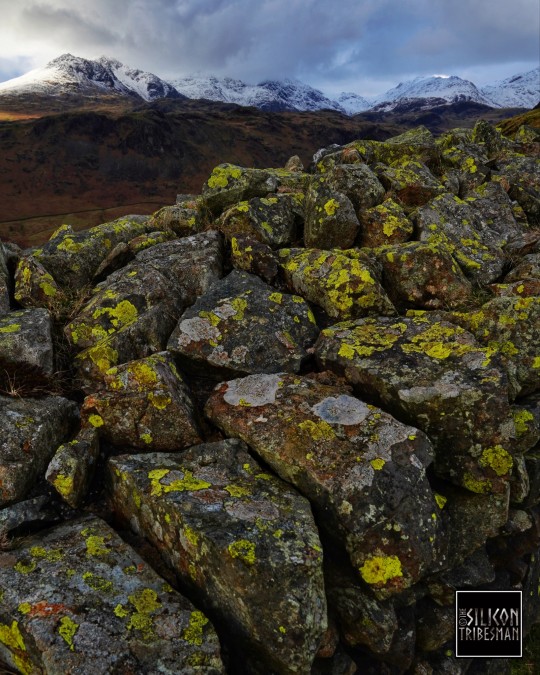

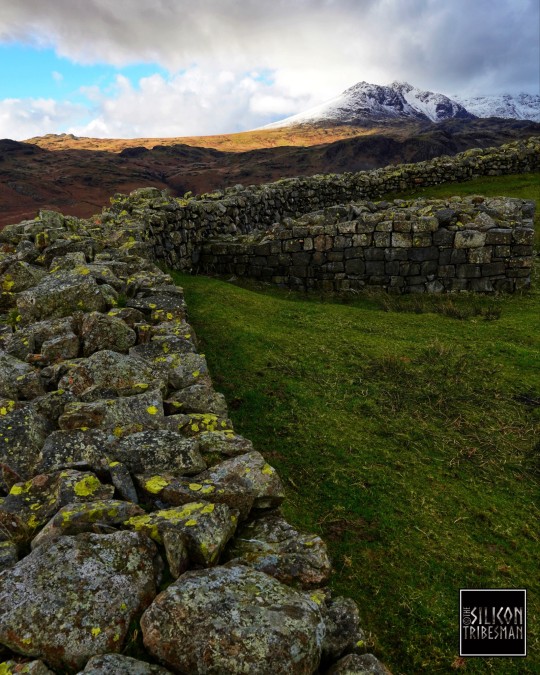



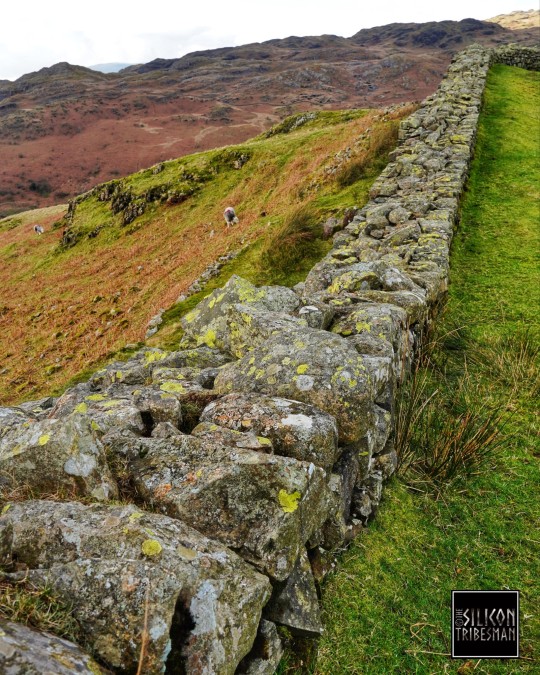
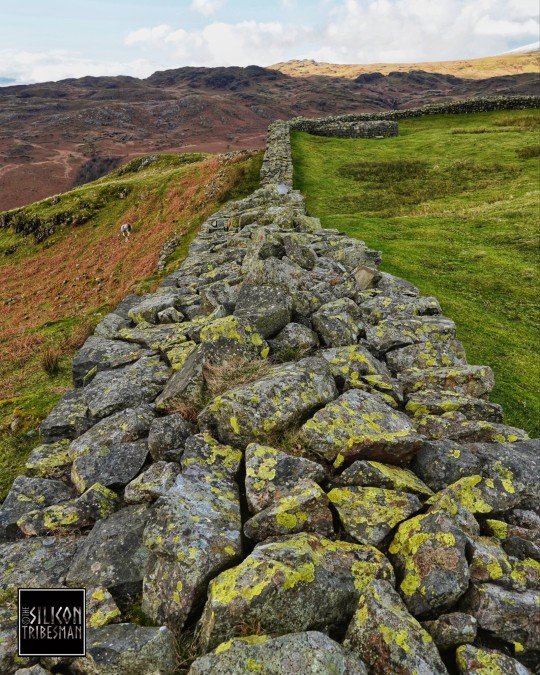

Hardknott Roman Fort, Hardknott Pass, Lake District
#Roman#romans#roman living#roman britain#roman army#roman soldiers#roman fort#hardknott pass#roman road#routeways#wild places#outdoors#landscape#stoneworks#roman ruins#archaeology#prehistory#ancient history
51 notes
·
View notes
Text
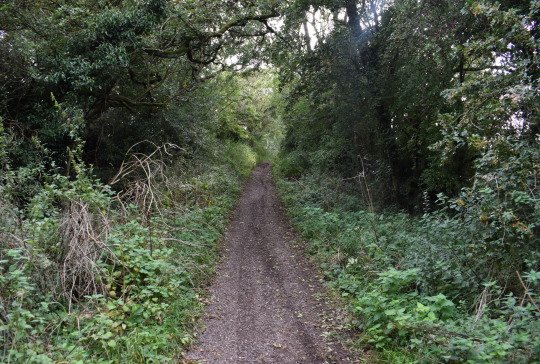
October country: walking the Fosse Way, the old Roman Road, and listening for the ghosts of the soldiers.
80 notes
·
View notes
Text
Multiple new discoveries have been made along a major Roman thoroughfare in Nîmes, including a new Roman road. The finds include beautiful glassware, turned a stunning iridescent blue and gold by the passage of centuries.
24 notes
·
View notes
Text
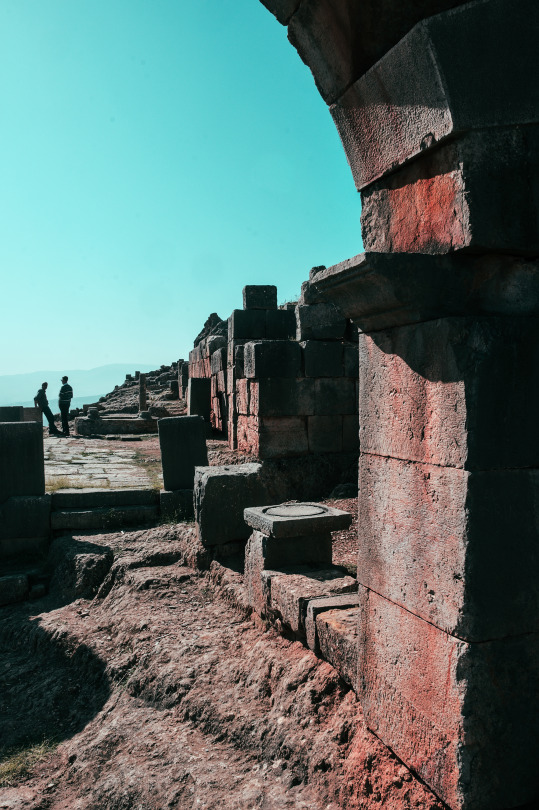
Roman Road - Tiddis, 2022
#picofthenight#travel#algeria#algerie#original photographers#photographers on tumblr#ancient ruins#roman ruins#roman road#archeology#landscape photography#photoofthenight
21 notes
·
View notes
Photo

Day 1650, 29 December 2022
#pub#public house#beer#ale#lager#drinking#alcohol#Watling Street#Roman#Roman Road#city of london#london#England#UK
29 notes
·
View notes
Text
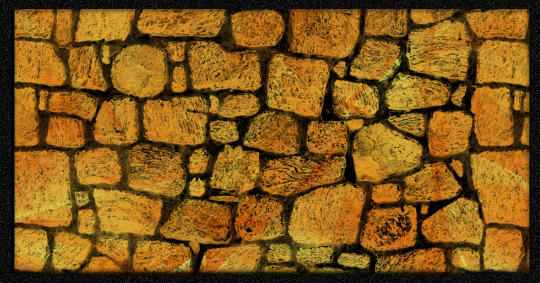
"You Sure We're on The Right Road, Romulus?"
Original Digital Art ©2024 Bug Barians Ltd., LLC
2 notes
·
View notes
Text
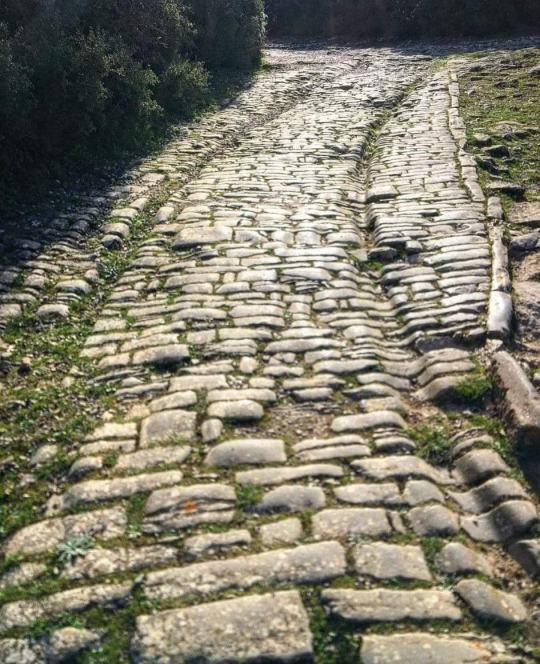
La antigua Via Domitia, 118 a.C.
The ancient Via Domitia, 118 B.C.
(Español / English)
LA ANTIGUA VIA DOMITIA, LA CALZADA ROMANA QUE ENLAZABA ITALIA Y ESPAÑA
La Vía Domitia fue construida a partir del año 118 a.C. entre los Alpes y los Pirineos y en paralelo a la costa mediterránea, probablemente sobre un camino ya existente recorrido en su día por Aníbal Barca en su marcha hacia Roma. La Vía Domitia, que conducía hasta Cádiz convertida en la Vía Augusta; y la Vía Aquitania, que se proyectaba hacia el océano Atlántico.
Via Domitia, conduce a Ambrussum, una ciudad en el sur de Francia, cerca de Nimes.
Todavía es visible junto con los rastros de carros romanos.
La distancia entre sus ruedas, dada por dos caballos uno al lado del otro, sigue siendo la misma hoy que las vías del tren.
------------------------------------------------------------------------------
The ancient Via Domitia, the Roman road linking Italy and Spain.
The Via Domitia was built from 118 B.C. between the Alps and the Pyrenees and parallel to the Mediterranean coast, probably on an existing road traveled in its day by Aníbal Barca on his way to Rome. The Via Domitia, which led to Cadiz converted into the Via Augusta; and the Via Aquitaine, which projected towards the Atlantic Ocean.
Via Domitia, leads to Ambrussum, a town in the south of France, near Nîmes.
It is still visible along with traces of Roman chariots.
The distance between its wheels, given by two horses side by side, remains the same today as the train tracks.
Fotografía: Historia Antigua
2 notes
·
View notes
Text
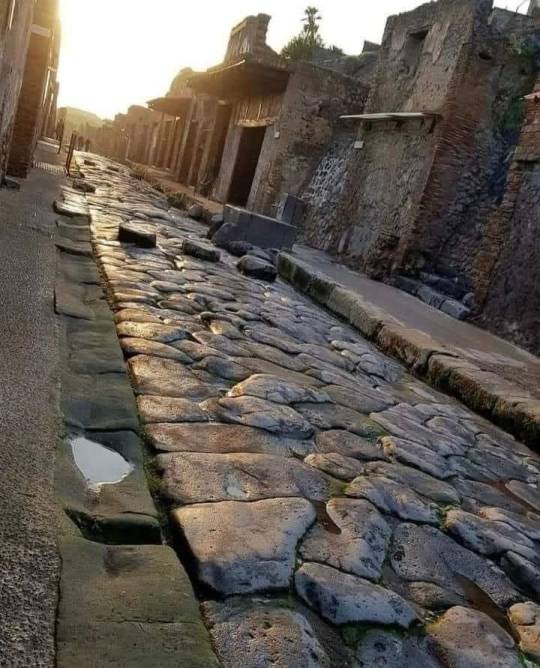
2000 year old road in Pompeii
2 notes
·
View notes
Text

Rome, the Via Appia at Dawn by Ippolito Caffi
#ippolito caffi#art#rome#via appia#italy#italia#landscape#europe#european#ruins#dawn#travellers#architectural#architecture#roman#appian way#roman roads#antiquity#ancient rome#roman road#road#roads#roman republic
140 notes
·
View notes
Photo

Up to the mountain pass - Tour de Monte Rosa, July 2021
photo by: nature-hiking
#trail#path#roman road#mountains#landscape#TMR#Tour de Monte Rosa#alps#long distance trail#wilderness#hiking#trekking#nature#photography#original photography#photographers on tumblr#TMR 2021#trails of the tmr
282 notes
·
View notes
Text

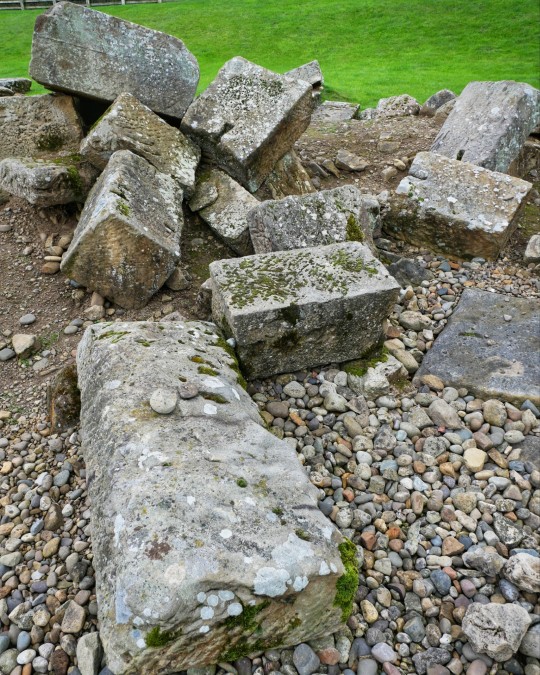

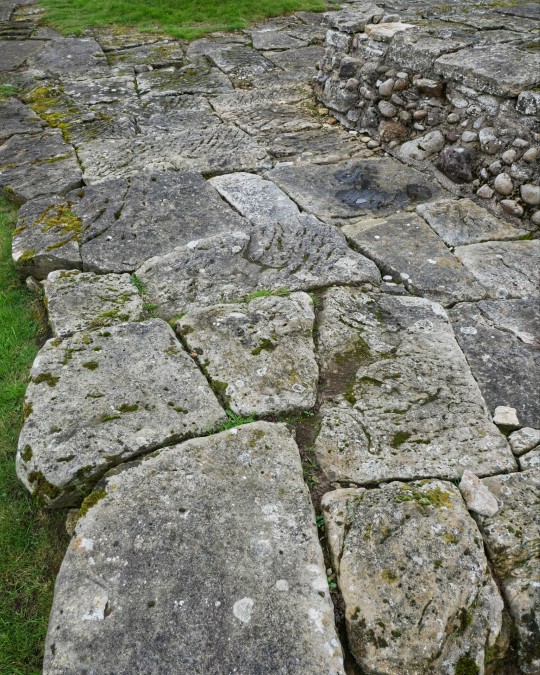
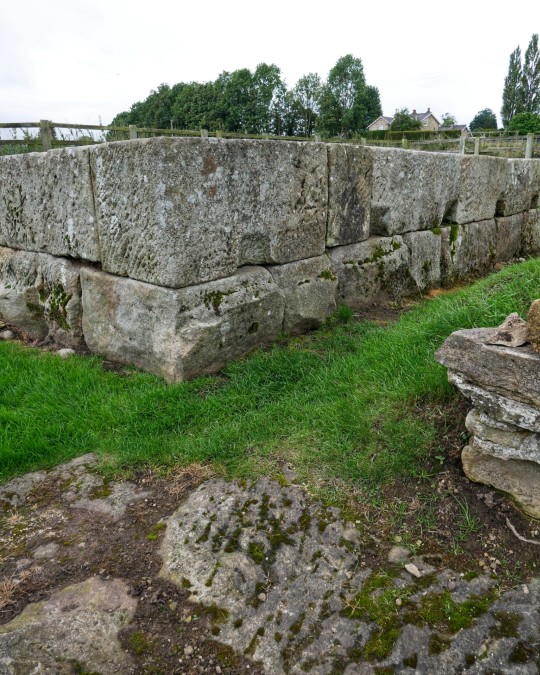
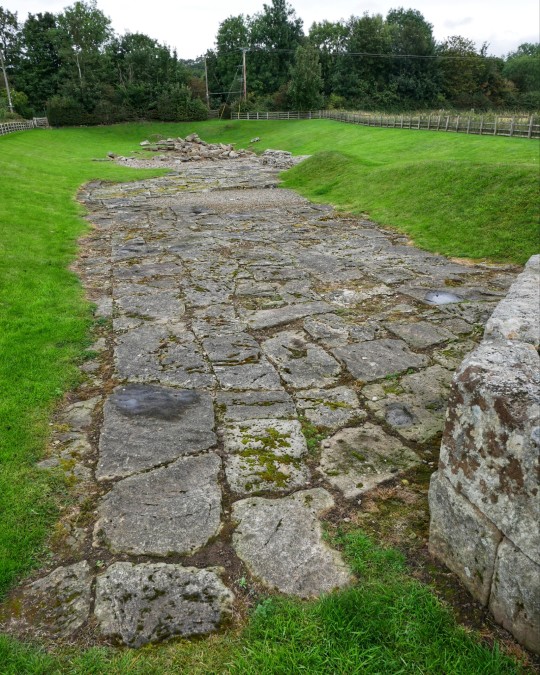



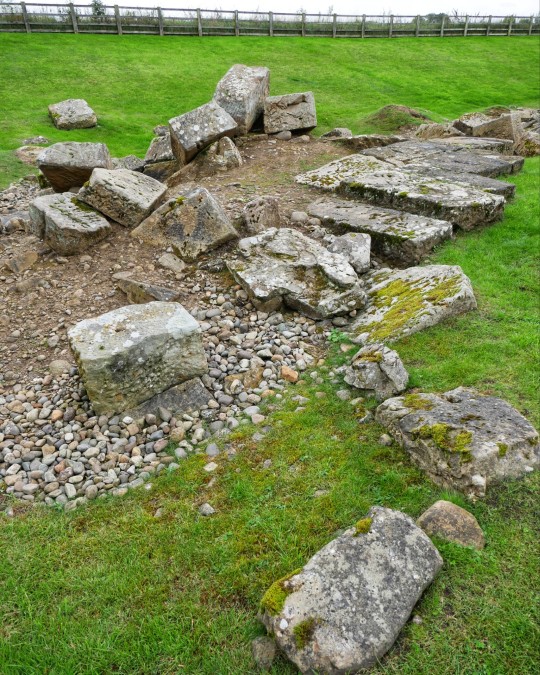
Piercebridge Roman Bridge Abutment, Piercebridge, Darlington, County Durham
#archaeology#roman#romans#roman empire#roman living#roman army#roman soldiers#roman bridge#roman road#roman culture#roman design#bridge
88 notes
·
View notes
Text
ROMAN PAVES 202306031625154RT1
Roman roads or roads formed a network of roads that spanned the entire Roman Empire. Originally, the network was designed to maintain effective control of the areas incorporated into the empire, but they quickly acquired economic importance as they facilitated trade and communications. Location: Caldes de Montbui, Catalonia, Southern Europe.
Fine Art Prints

View On WordPress
#ARCHITECTURE#blue#cobblestones#path#Roman road#stone#yellow#aesthetic#artistsontumblr#imiging#lensblr#lifeisbeautiful#original#originalphotographer#photographersontumblr#photography#pictureoftheday#thephotographerssociety#tumblers
3 notes
·
View notes
Text
A garden dig has uncovered what has been called ‘the most important road in Scottish history’, which carried the feet of everyone and anyone coming to the #ancient Scottish capital, Stirling, including Robert the Bruce, William Wallace and all the kings and queens of Scotland.
#Roman Road#Scotland#Roman Empire#Roman Architecture & Engineering#Roman Colonization & Expansion#ancient#history#ancient origins
48 notes
·
View notes
